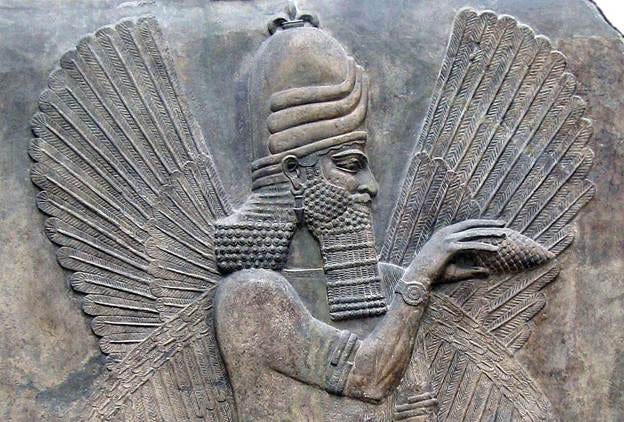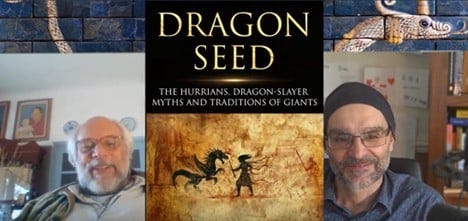Origins of the Marduk Mythos in Ancient Akkad
The greatness of the world’s first empire, the Akkadian Empire (c. 2370-2190 BC), had a major impact on later Mesopotamian tradition. Once the stories about those kings and the gods who gave them those victories took hold in the popular imagination, they became the stuff that great legends and myths are made of. Some of the greatest Babylonian, Canaanite, Greek, Egyptian, Persian, Indian and other legends and myths can be tracked down to stories once told about those rulers as has recently been shown in the work of Willem McLoud, Dragon Seed (2025) and The Nephilim: Kings of An Epic Age (2021).
Of particular interest is the way in which these legends and myths complement each other on the human level and the divine sphere. In time, these legends lost all direct connection with the historical kings involved in them and were taken up and became absorbed into other cultures as part of their own prehistories. On the divine level, similar myths were told about the great gods of those peoples. Like two parallel universes, the great stories once told about the Akkadian Emperors, especially those about Naram-Sin, were reflected in the divine realm where similar stories were told about the gods. This goes back to the time of Naram-Sin when his heroic tales were matched by the mythos ascribed to gods such as Tispak and Samas.
An important event in the religious history of Mesopotamia that followed the Babylonian conquest of the land was the rise of Marduk as the new king of the gods in Babylon. Although the rise of Marduk is often viewed purely in Babylonian terms, this is actually not correct. We should rather look at the elevation of Marduk within the context of the preceding events in Mesopotamia and more specifically those of the Akkadian Period. This becomes crystal clear once we discover that the mythology associated with Marduk originated in the mythos of the divine Naram-Sin. Marduk’s glorious feats, in actual fact, go back to the mythos of Naram-Sin himself!
Giants, Dragon-Slayers, and the Lost Bloodlines of the Ancient World: An Interview with Dr Willem McLoud is now available to Ancient Origins Unleashed and Premium members.





